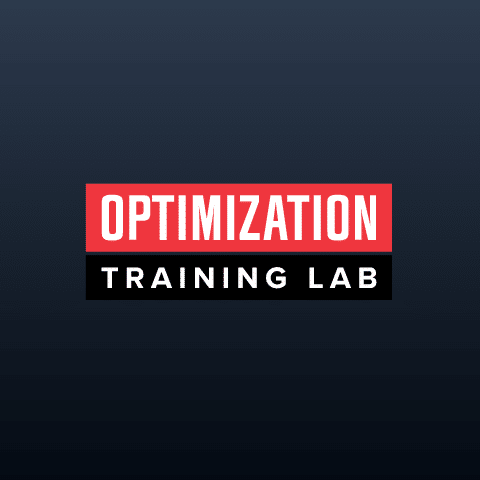A common goal for many clients beginning their health and fitness training is to improve their overall cardiovascular health and/or fitness. Although it is a simple process to put together a plan to help people do this, I have found it to be challenging to clearly communicate with clients how this plan or process works. I think this confusion mostly occurs as a result of several things.
1. Previous beliefs and mental models around how to define what cardiovascular health and fitness are and the distinction between the two.
2. How the above relates to the clients true goals and what they want.
It is my goal to provide more clarity on these subjects.
First, it is important to understand that cardiovascular health is not always in direct correlation with cardiovascular fitness. Someone can be very fit from a cardiovascular perspective but not necessarily be healthy. An extreme example of this could be some high performing marathon runners who have sacrificed lean muscle in order to perform better in their sport. With young women in particular this has been a problem where they not only lose muscle but they stop menstruating and becoming osteopenic at a young age. Some studies have also shown a correlation of greater incidence of atrial fibrillation with those that train in a manner typically associated with high performance in sports such as marathon running.
https://www.ncbi.nlm.nih.gov/pmc/articles/PMC4956010/
My intent of pointing this out is not to discourage you if you enjoy running marathons, but to inform you that there is not necessarily a direct correlation to fitness and health.
Another important and potentially confusing element when looking at cardiovascular fitness is related to the principle in exercise known as Specific Adaptations to Imposed Demands or the SAID principle.
From my experience most people tend to view cardiovascular fitness as a general or global adaptation. Although there are some general adaptations that occur, most of the adaptations are specific to what you train. For example, two of the measures typically used to evaluate cardiovascular fitness are VO2 max and anaerobic or lactate threshold. Studies done with an ergometer utilizing single arm or leg training showed improvement in these measures only for the training limb.
https://onlinelibrary.wiley.com/doi/abs/10.1111/j.1748-1716.1976.tb10200.x
The practical application of this principle requires the understanding that you will adapt and get better at what you practice. Where I see this becoming most confusing is when people associate their fitness with activities they may not have practiced or at least haven’t practiced in some time. You can feel “out of shape” simply because you haven’t practiced the activity. I can recall a personal example of this when I began training Jiujitsu. On my first trip to Atlanta to train with Jacare at Alliance I distinctly remember saying to myself on my drive back, “My gosh, I am out of shape.” This is despite knowing the above information and the SAID principle and the fact that at the time, I was performing two HIT workouts per week plus several other days of either sparring rounds or practice rounds of boxing. So, I can empathize why this thought may occur.
So, if your goal is for general cardiovascular fitness we recommend relying mostly on High Intensity Quantified Strength Training as the primary stimulus with HIIT as an additional stimulus. Progress can be most accurately measured by utilizing the CARol bike on a regular basis. The anaerobic threshold assessment of a sled sprint EMOM for 50 yards in 30 seconds or less is another measure we use to assess cardiovascular assessment.
For general improvements we have a muscle centric approach to exercise. It has been said the only way to stimulate the cardiovascular system is through the muscular system. There is now even more scientific evidence to support this idea through the discovery of Myokines. These signaling agents are being shown to be a reason for many of the health benefits of exercise among those cardiovascular health.
https://www.ncbi.nlm.nih.gov/pmc/articles/PMC7279354/
If your goal is to become more fit at a particular activity, then I recommend utilizing High Intensity Quantified Strength Training for general purposes and then practice the movement or skill you wish to improve upon.
When it comes to cardiovascular health I believe that it can be best assessed through medical assessment. This includes blood work to examine your metabolic health and scans which can look at the overall functioning of your cardiovascular system. We are always excited to hear from clients who have seen remarkable improvements in their blood work after beginning training with us.
